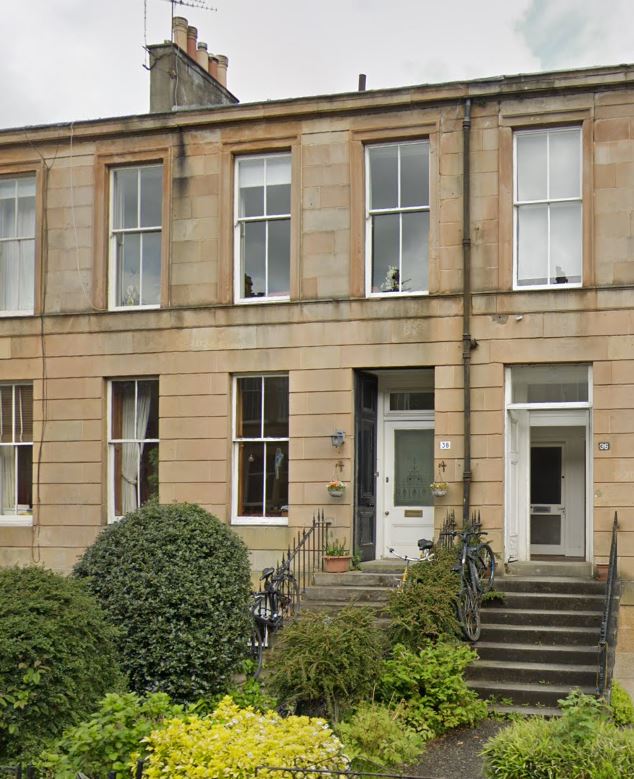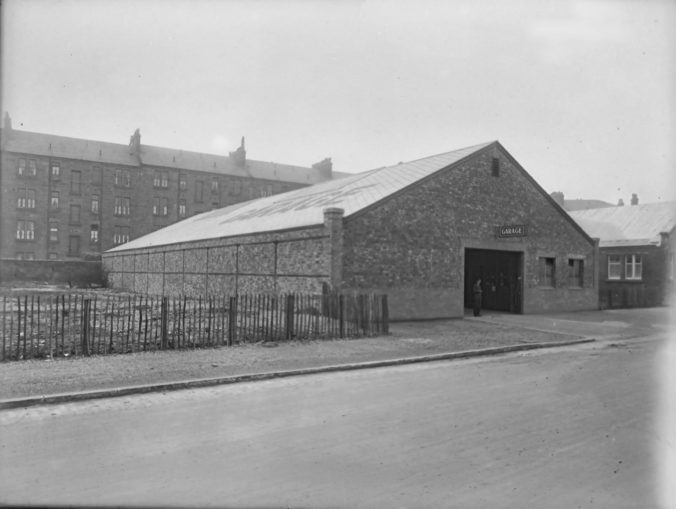The north side of Queen Square was built by Daniel McNicol to the same design as his terraces in Regent Park Square, and first occupied in 1866. Originally numbered 18, it was renumbered to 38 around 1929.
Matthew Waddell
Matthew Waddell was the first occupant in 1866. He was a hosier, glover and shirt maker at 122 Argyle Street, but also had several restaurants, such as at 126 Union Street. The 1861 census described one of his restaurants on Gordon Street as a “Temperance Dining Room and Coffee Shop, employing 8 girls”. He appears to have been present in Strathbungo for a year or less and later lived in Crosshill.
The Crarae Quarry Incident
On 25 September 1886 Matthew joined up to 1000 tourists on the paddle steamer Lord of the Isles to Inveraray. The trip was especially popular as the owners had promised to stop at Crarae Quarry on Loch Fyne to witness the last of the season’s big gunpowder blasts. The quarry was leased by Faill & Co to provide setts for Glasgow’s roads, and Faill’s had invited a party from the Glasgow Corporation on the trip too. With the steamer stationary off the quarry, it gave a blast on its whistle, and the quarrymen triggered the explosion, bringing down some 70,000 tons of rock in a tremendous display.





Recent Comments